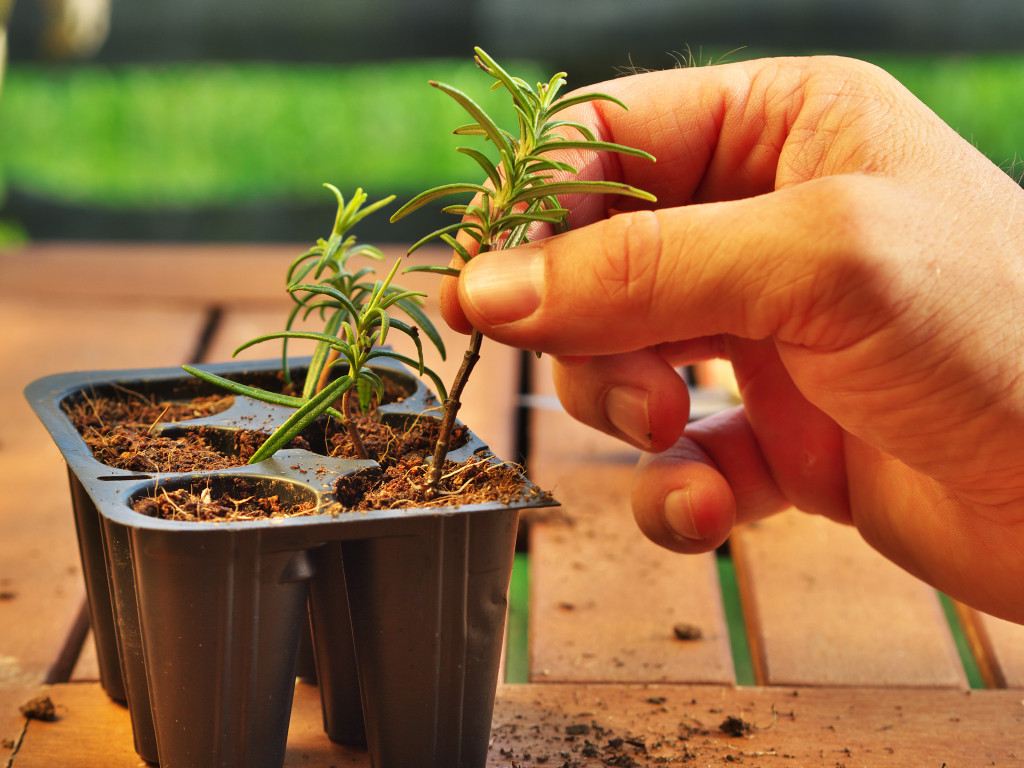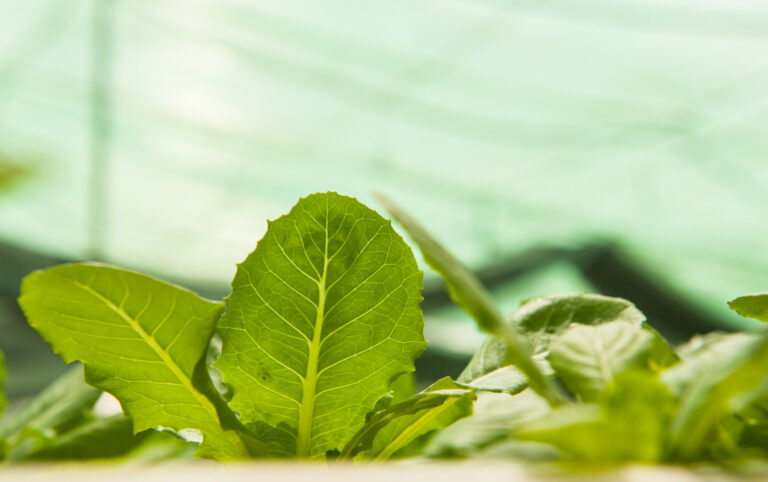- Hire part-time or seasonal help, outsource tasks for maximum efficiency, and reduce costs.
- Plan ahead when planting for the season to avoid excess produce and sell only what is needed.
- Set up a delivery service or offer discounts for customers who pick up orders.
- Compare supplier costs and negotiate for better prices on bulk orders to get the most out of your money.
Selling home-grown produce can be a great way to make some extra income. About a quarter of all Americans grow their own food, and many of those people turn it into profit. But to maximize profits, it is essential to keep costs low and explore strategies for cost reduction.
Here are some ways to reduce costs when selling home-grown produce.
1. Reducing Labor Costs
One of the most significant costs associated with selling home-grown produce is labor. To reduce labor costs, consider hiring only part-time or seasonal help instead of full-time employees. Additionally, you can look into outsourcing specific tasks if they can be done more efficiently and cost-effectively by another company or individual.
For example, if you have an online store for your product business, you may want to outsource the website design and maintenance so that you can focus on other aspects of running the business. Some tasks, such as customer service and order fulfillment, can also be outsourced if you don’t have the resources to handle them yourself.

2. Being Wise With Seasonal Planting
When planting for the season, planning for what you are most likely to sell is important. Planting too much of one crop or getting too many seeds can lead to excess produce that won’t be used and will go to waste. Taking the time to plan everything out. Here are some tips:
a. Offer a diverse range of products to customers.
You may want to offer various products from different seasons, such as tomatoes in the summer and squash in the fall. This will help keep your customers coming back for more.
b. Plant for quantity rather than variety when possible.
If you know that you’ll be selling a lot of one crop, it may be more cost-effective to focus on growing only that crop in larger quantities. You can also consider planting the same crop in a high-yield variety.
c. Invest in a greenhouse.
A greenhouse allows you to extend the growing season, reducing your costs in the long run by eliminating the need for additional planting and harvesting. Depending on your needs on watering and lighting, you can choose between a Quonset or a Gothic arch greenhouse.
d. Utilize crop rotation.
Crop rotation is an effective way to reduce costs by preventing soil depletion and disease and reducing the need for fertilizers and pesticides. Rotating crops can also increase yields and help you maximize the use of your land.

3. Cutting Transportation Expenses
Transportation expenses can quickly add up when selling home-grown produce. To offset these costs, consider setting up a delivery service or offering discounts for customers who pick up their own orders from your farm or business location. This will also encourage customers to buy more in bulk, which can increase sales.
Additionally, look into other transportation alternatives, such as carpooling with other local farmers, to cut down on fuel expenses. You might even be able to rent a van or truck occasionally instead of buying one outright. This will save money while still providing reliable transportation for your goods. You can also consider joining a local shared-use program for vehicles you may need to use only occasionally.
4. Evaluating Supplier Costs
Another way to reduce costs when selling home-grown produce is by evaluating supplier costs. Make sure that you are getting the best price possible on any supplies that are necessary for running your business; this includes everything from packaging materials and shipping labels to fertilizer and seedlings.
You may also try negotiating with your suppliers in order to get better prices on bulk orders whenever possible. Doing this will help ensure that you always get the most bang for your buck when it comes time to purchase supplies for your business! Try to find a supplier that is willing to work with you and give you the best deal available. They may also be willing to provide additional discounts for repeat orders.
Reducing the cost of running a home-grown produce business is essential to maximize profits and ensure long-term success. You can effectively reduce the cost of selling home-grown produce by implementing strategies such as reducing labor expenses, planting wisely, cutting transportation costs, and evaluating supplier costs. With these strategies, you can increase your profits while still providing your customers with quality products.




